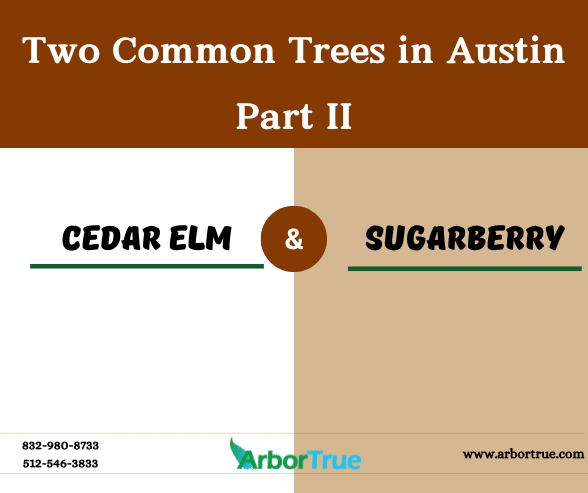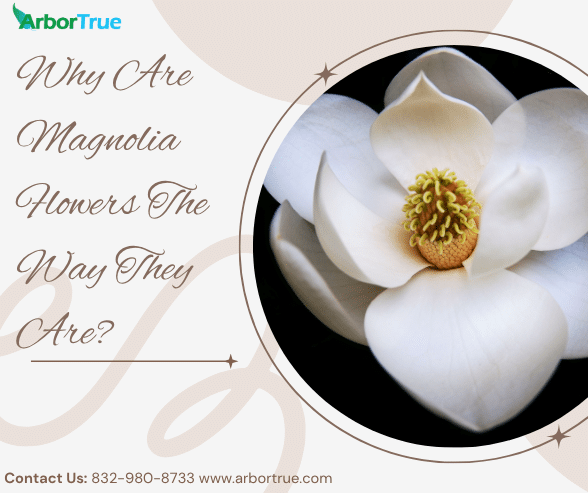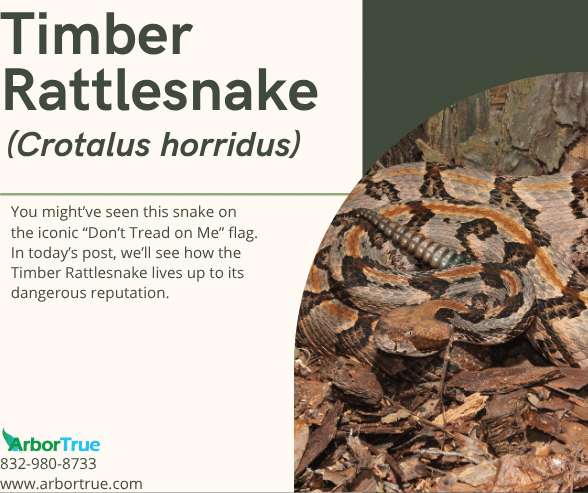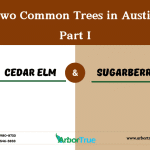
Two Common Trees in Austin: Cedar Elm and Sugarberry – Part I
May 29, 2024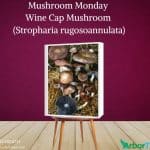
Mushroom Monday: Wine Cap Mushroom (Stropharia rugosoannulata)
June 3, 2024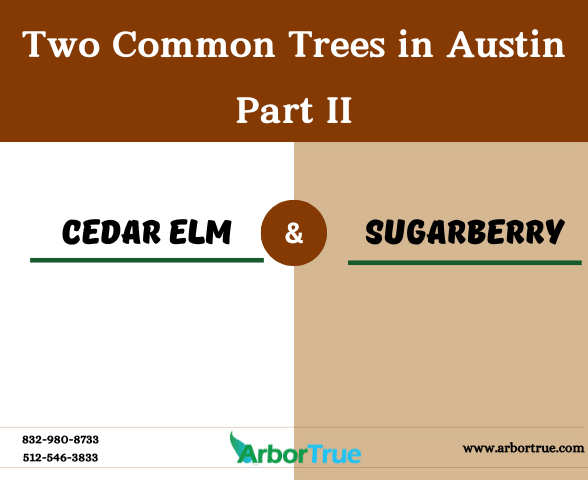
Two Common Trees in Austin: Cedar Elm and Sugarberry – Part II
In a recent post we talked about two reports related to trees in Austin, Texas. You can find them here: 2021 report and 2014 report. The reports were about the number of trees, the benefits from them, the different species, and more in Austin. Take a moment to check out the reports. They are full of a lot of interesting information.
We mentioned that the reports highlighted trees that were common in Austin. We decided to take a look at two of them: Cedar Elm and Sugarberry. (Another important tree was Ashe Juniper. We’ve looked at it before.). In the first part of this post series we looked at the cedar elm tree. In today’s post, we look at the sugarberry tree.
The Sugarberry Tree
The Name
The scientific name for the sugarberry tree is Celtis laevigata. Some common names include sugar hackberry and southern hackberry. Although some of the common names have “hackberry” in them, this tree is not the same as the hackberry tree (Celtis occidentalis). Although they can look similar, they are different species.
The Size
The sugarberry’s crown is round and open with branches that spread and droop. The tree can get between fifty and eighty feet tall (with a width that is the same or narrower) and it can have a trunk diameter that’s up to three feet.
The Bark
The bark of the tree is one of its distinguishing characteristics. The bark is a pale color and in places it is smooth. On other places though, the tree can be covered with bumps or warts. They can be numerous in places, particularly lower down on the tree.
The Leaves
The sugarberry is a deciduous tree with simple leaves. The leaves can be two to four inches in length, are wide toward the base, and narrow to the tip. They are a muted green color on both sides and have generally smooth edges, though they can have some serrations near the tip.
The Fruit and Flowers
The fruit of the sugarberry is a drupe type fruit. We mentioned drupes before in our post about almonds. The sugarberry’s fruit is round, reddish in color, and about a quarter inch in diameter. Each fruit has one seed and the fruits are eaten by birds. The flowers of the tree are green, and bloom toward the end of winter and the start of spring.
Butterflies
Butterflies are attracted to the sugarberry and their larvae can use it as a food source. Two butterflies we mentioned (Mourning cloak and Question mark) use it as a food source while larvae.
Some Issues
The sugarberry can be affected by some issues such as mistletoe and scales. We looked at one type of scale before in our post about crepe myrtle bark scale.
Where it Grows
Sugarberries can grow near water, and generally require a lot of water. They can grow in sunny to partly shady conditions, and can tolerate a variety of environmental conditions.
If you found learning about sugarberry trees interesting, be sure and check out our other TrueTreeTalk blog posts. Follow us on Facebook to keep up with these and other posts.
* * *
ArborTrue is a science-based tree-service company. We provide a range of services including tree trimming, tree pruning, tree removal, tree planting, arborist consultations, and more. Reach out to us online to schedule an appointment.

